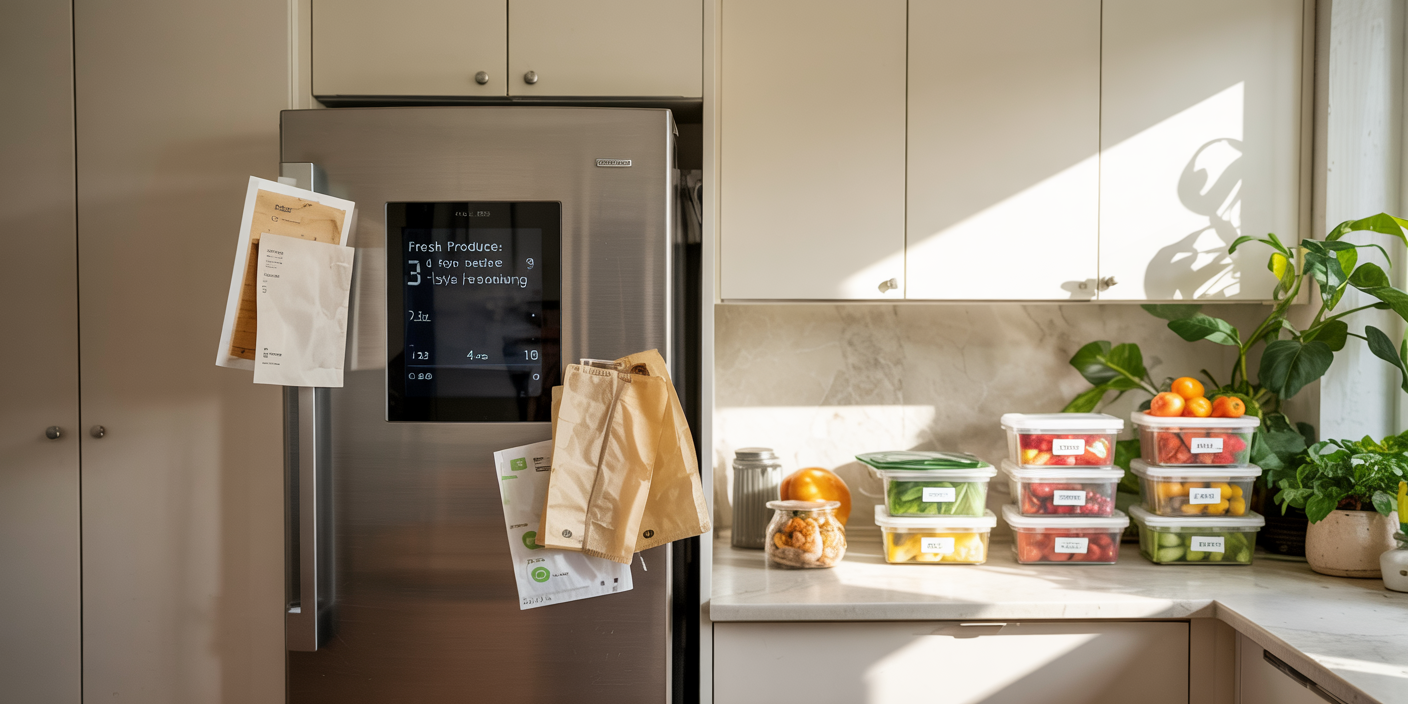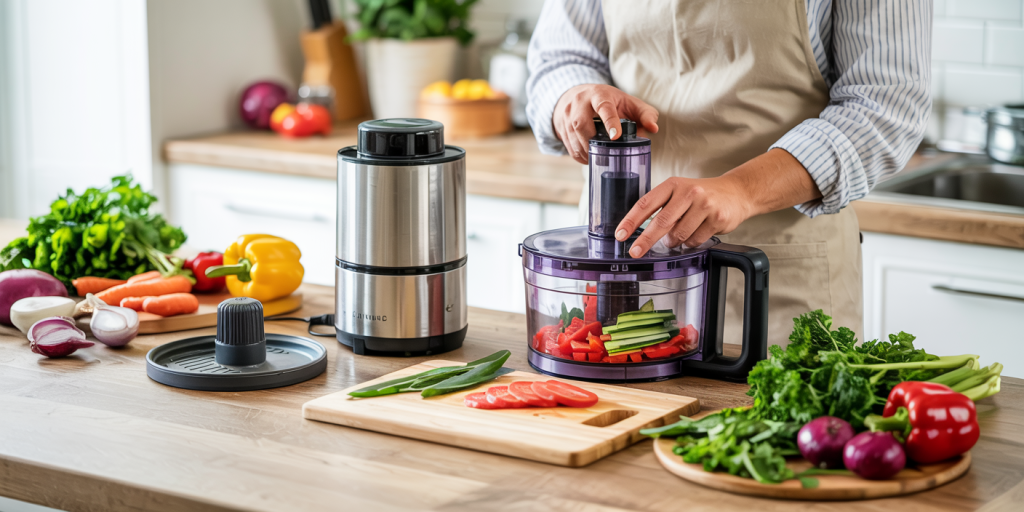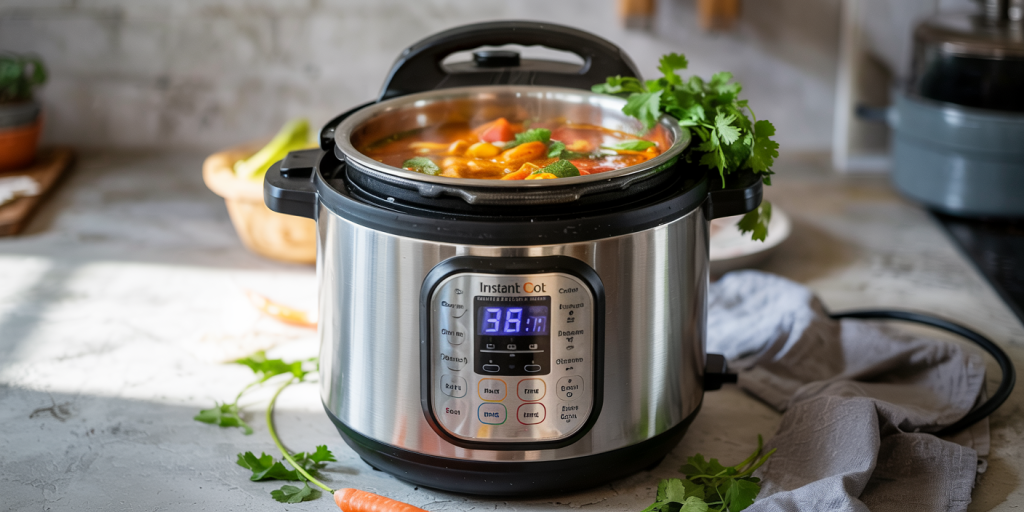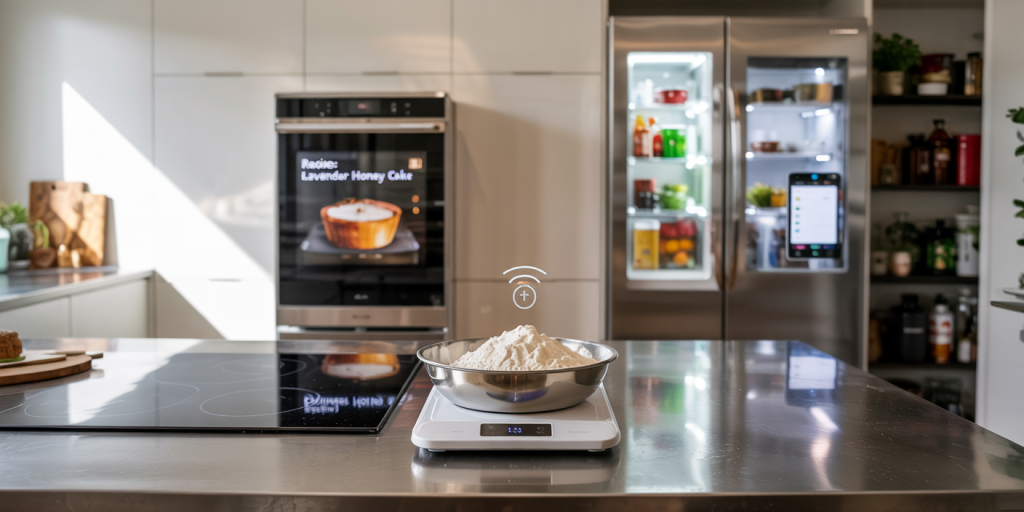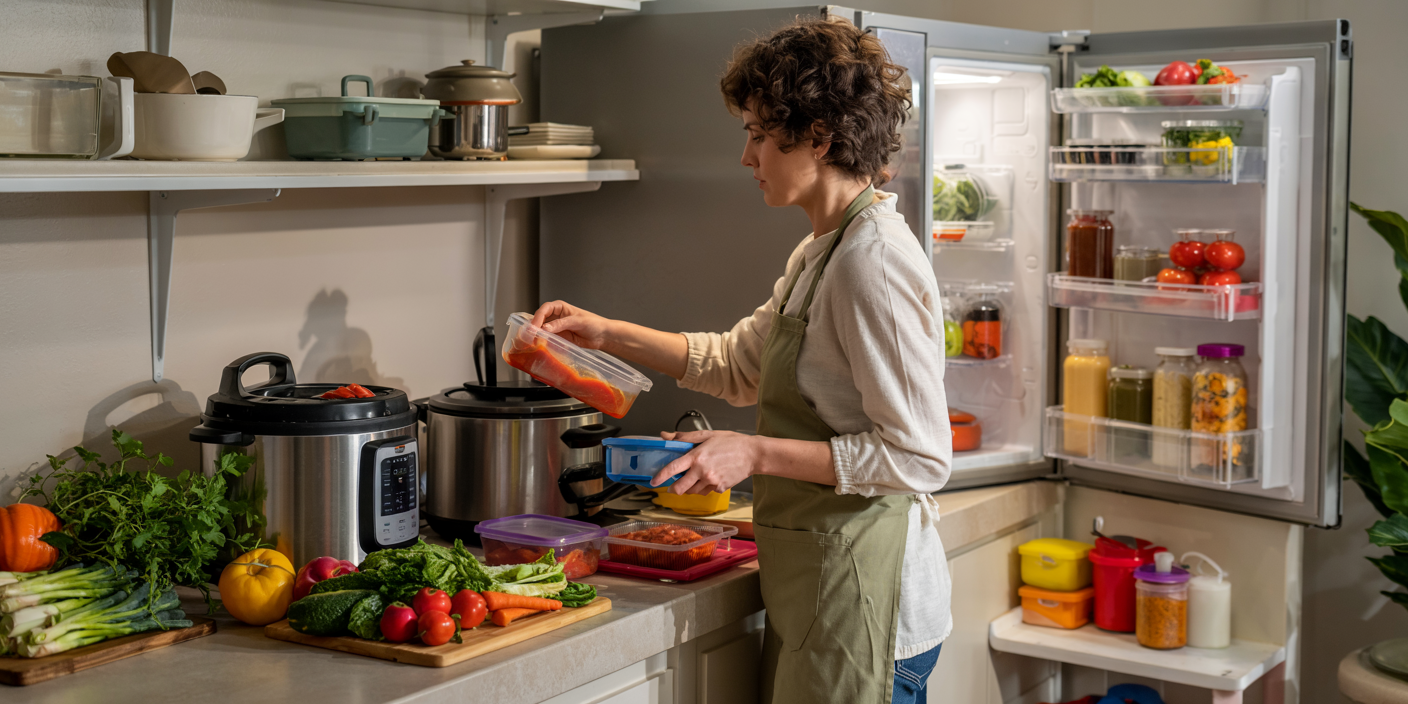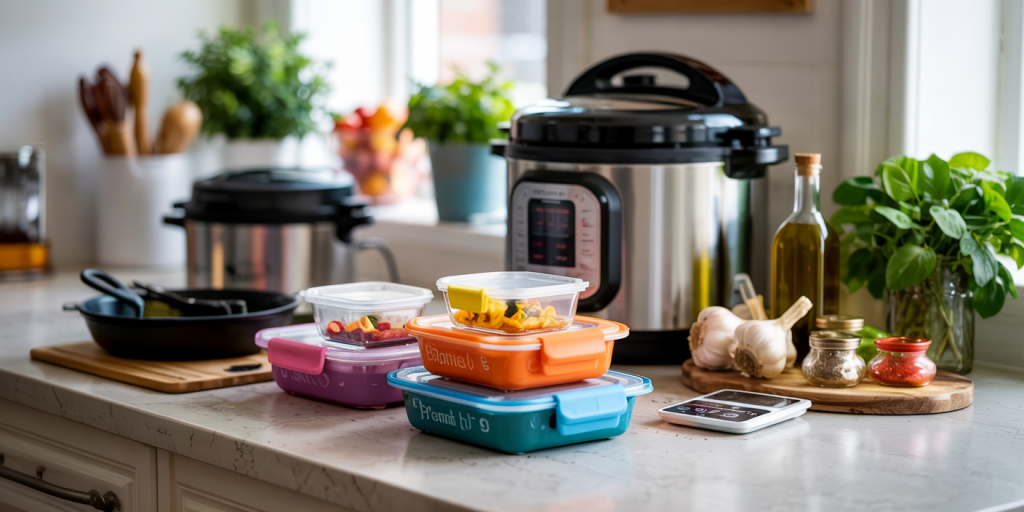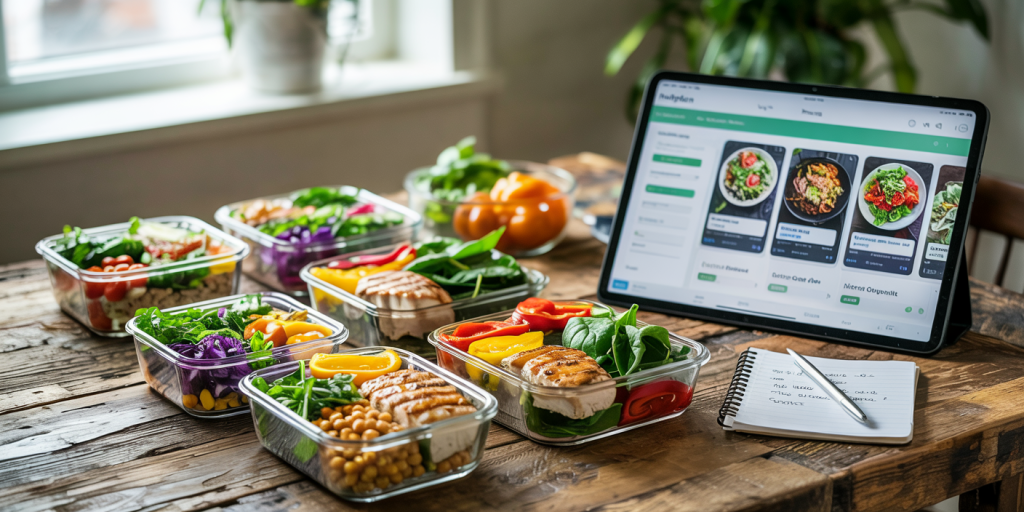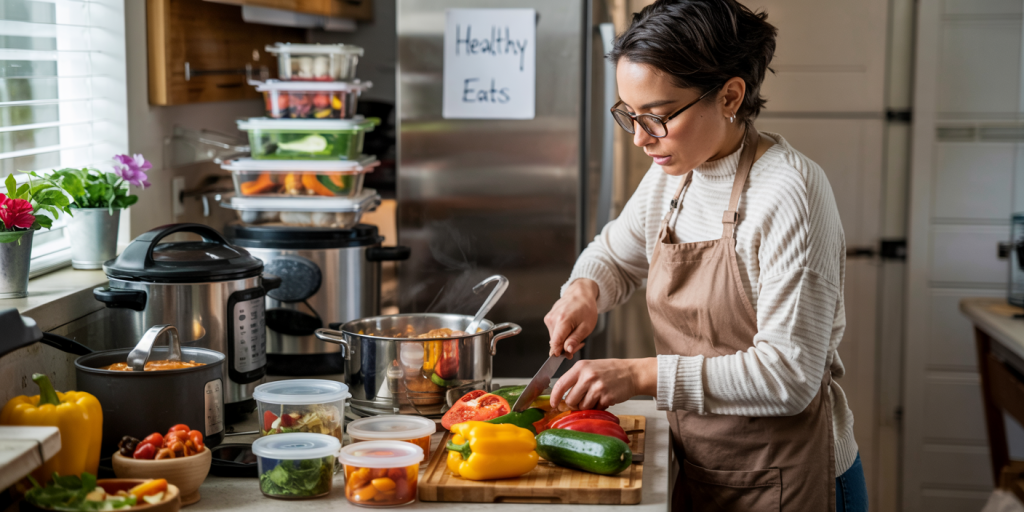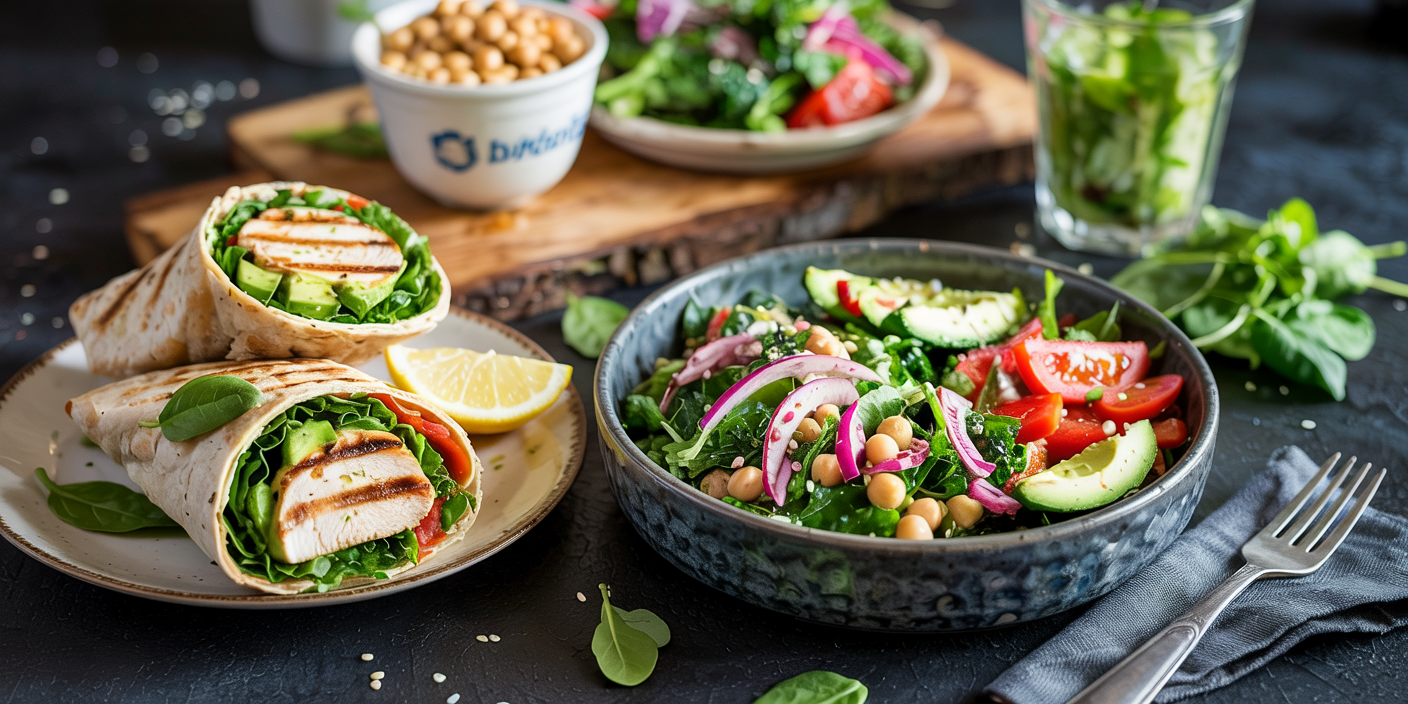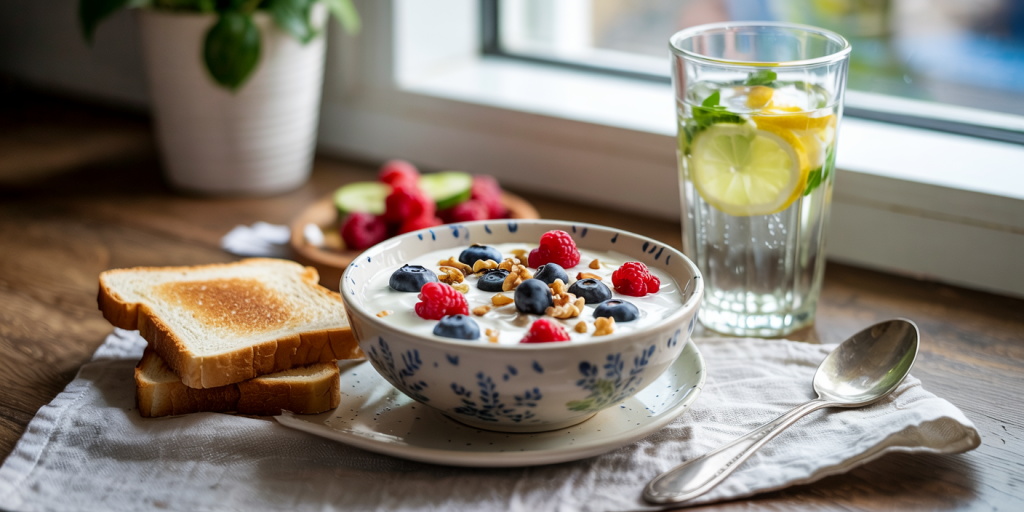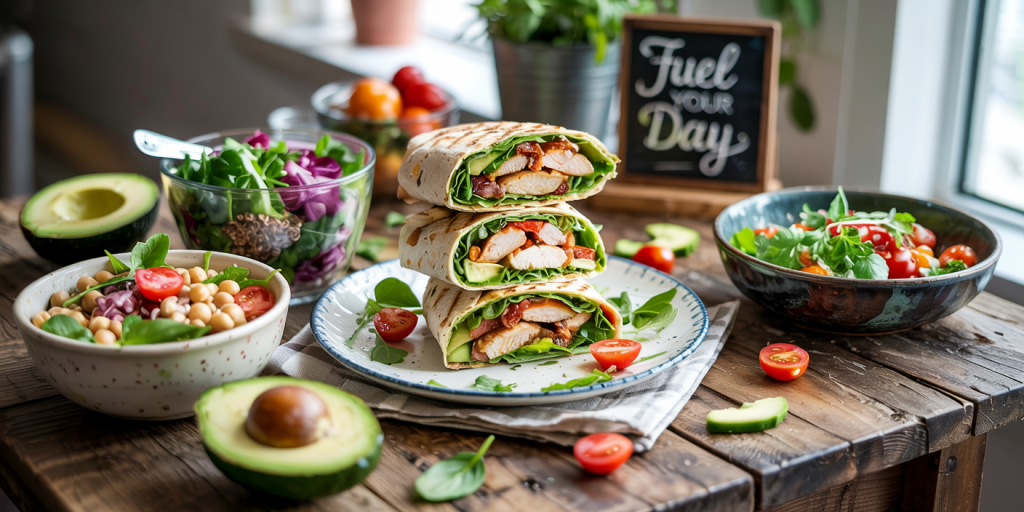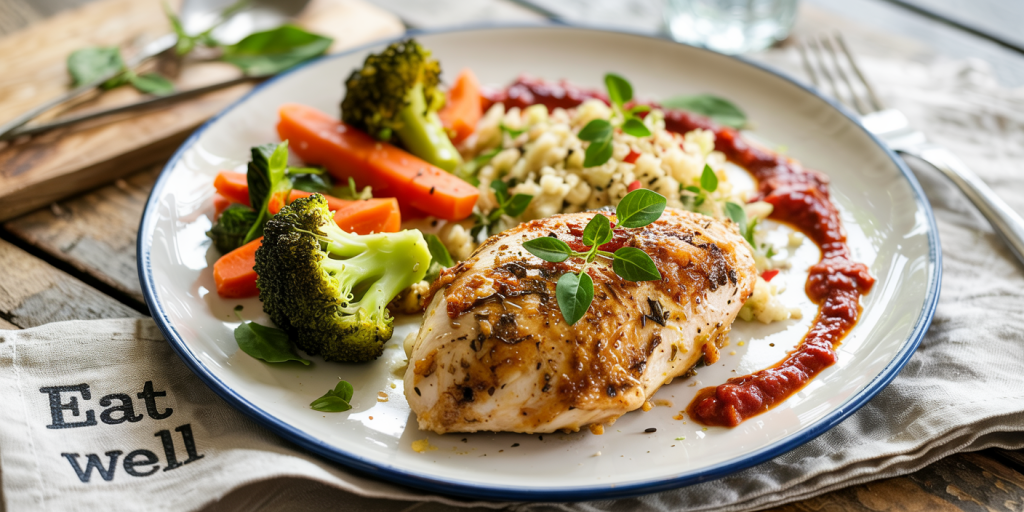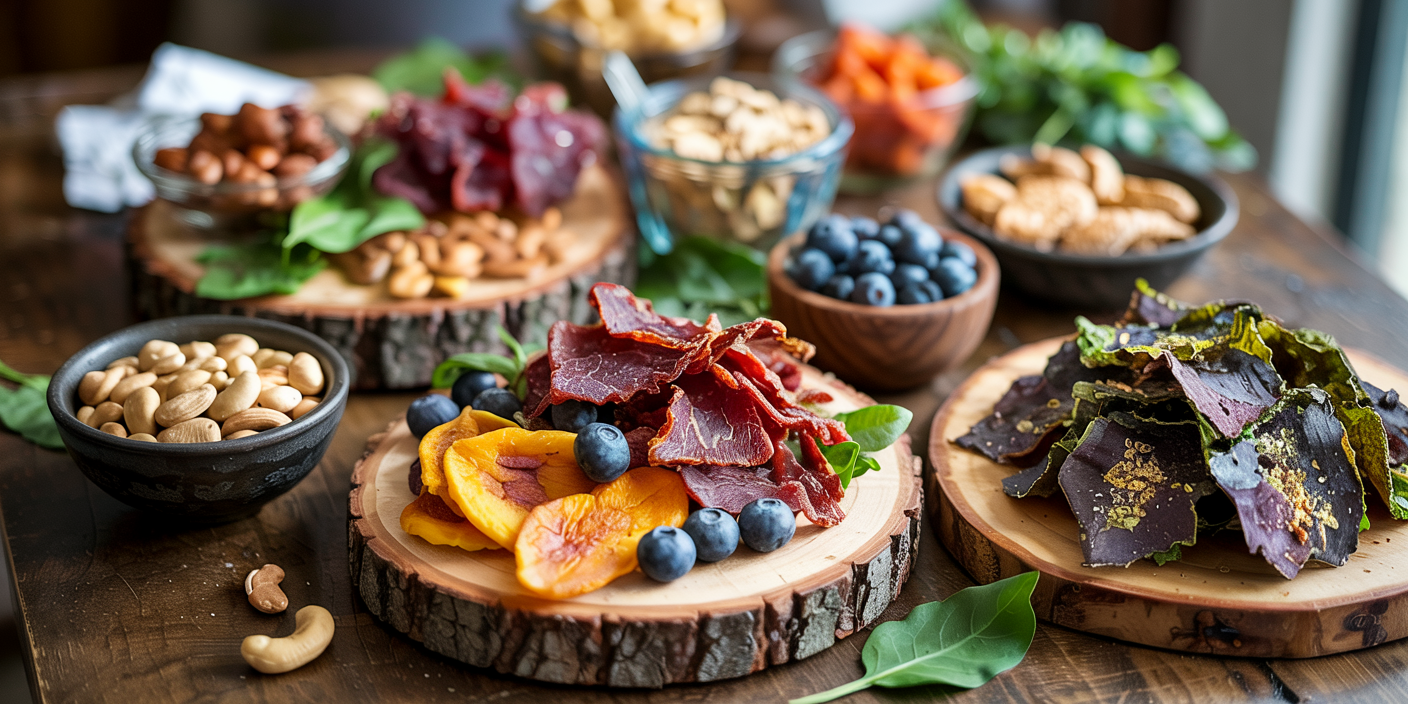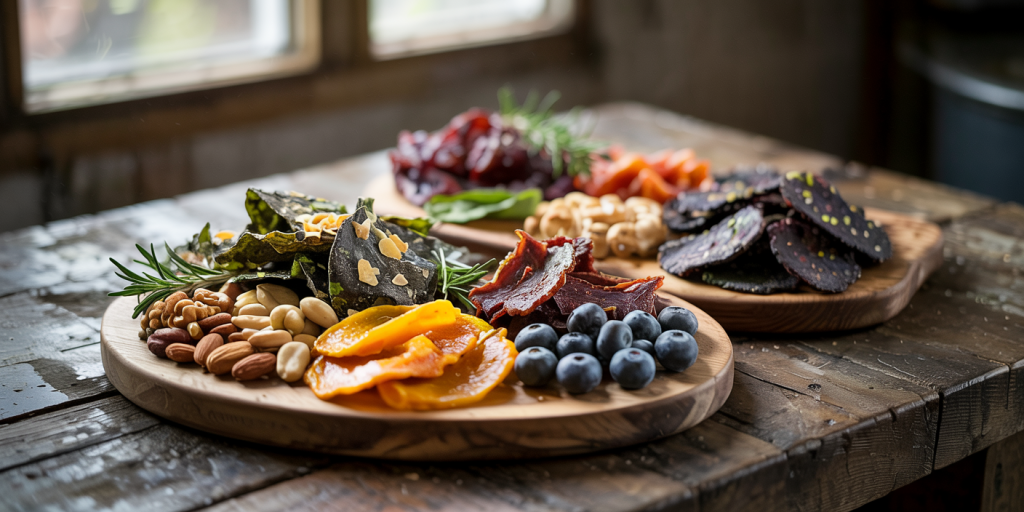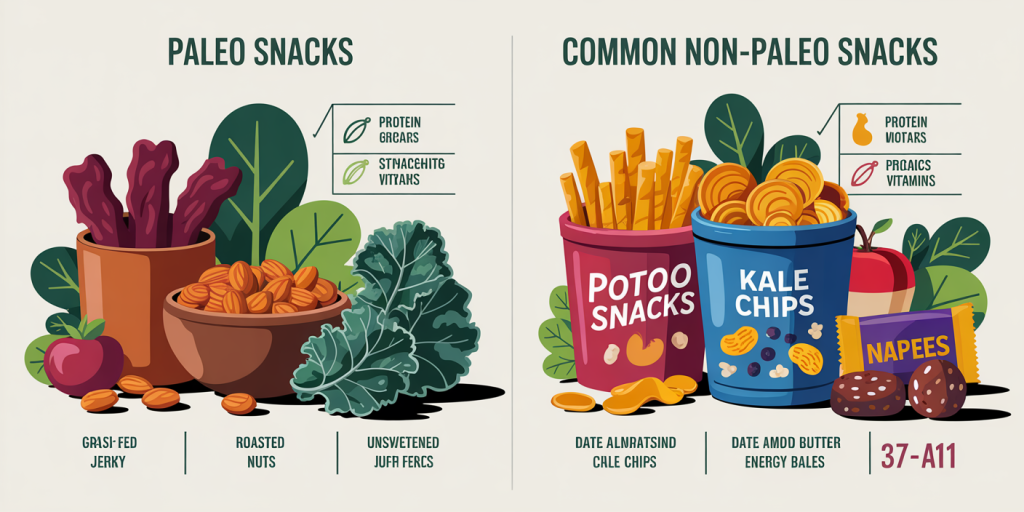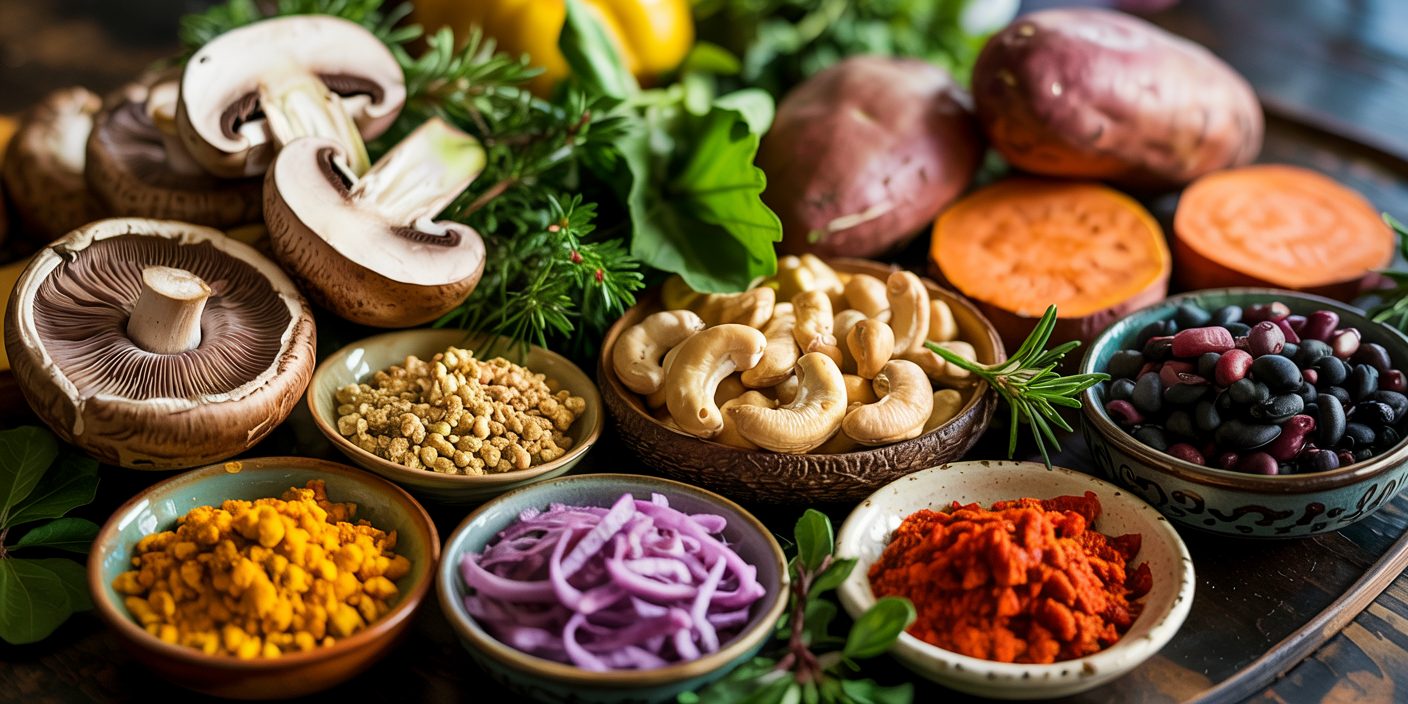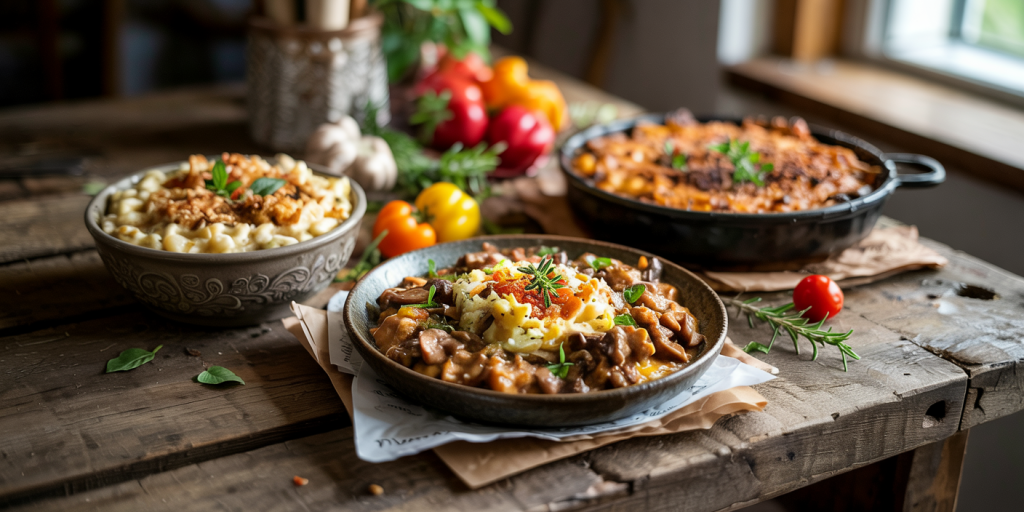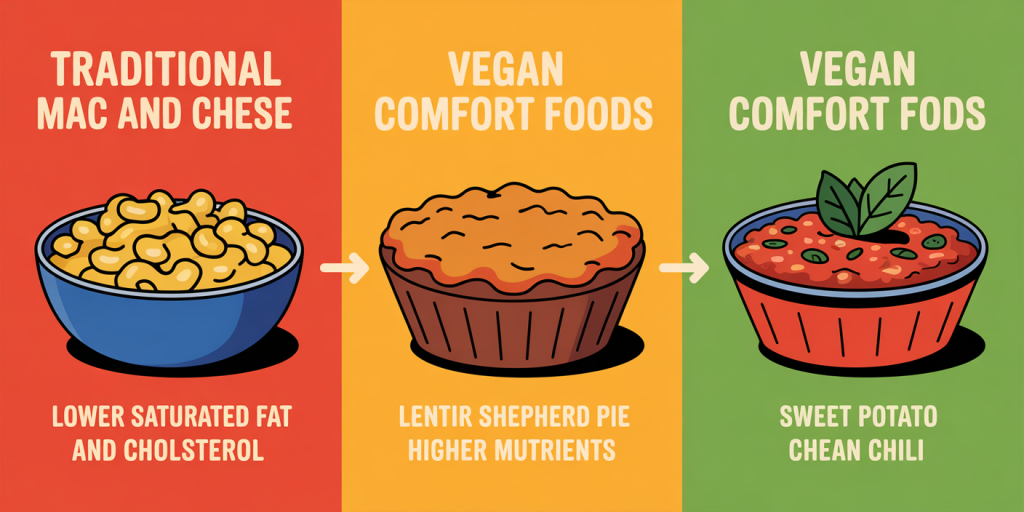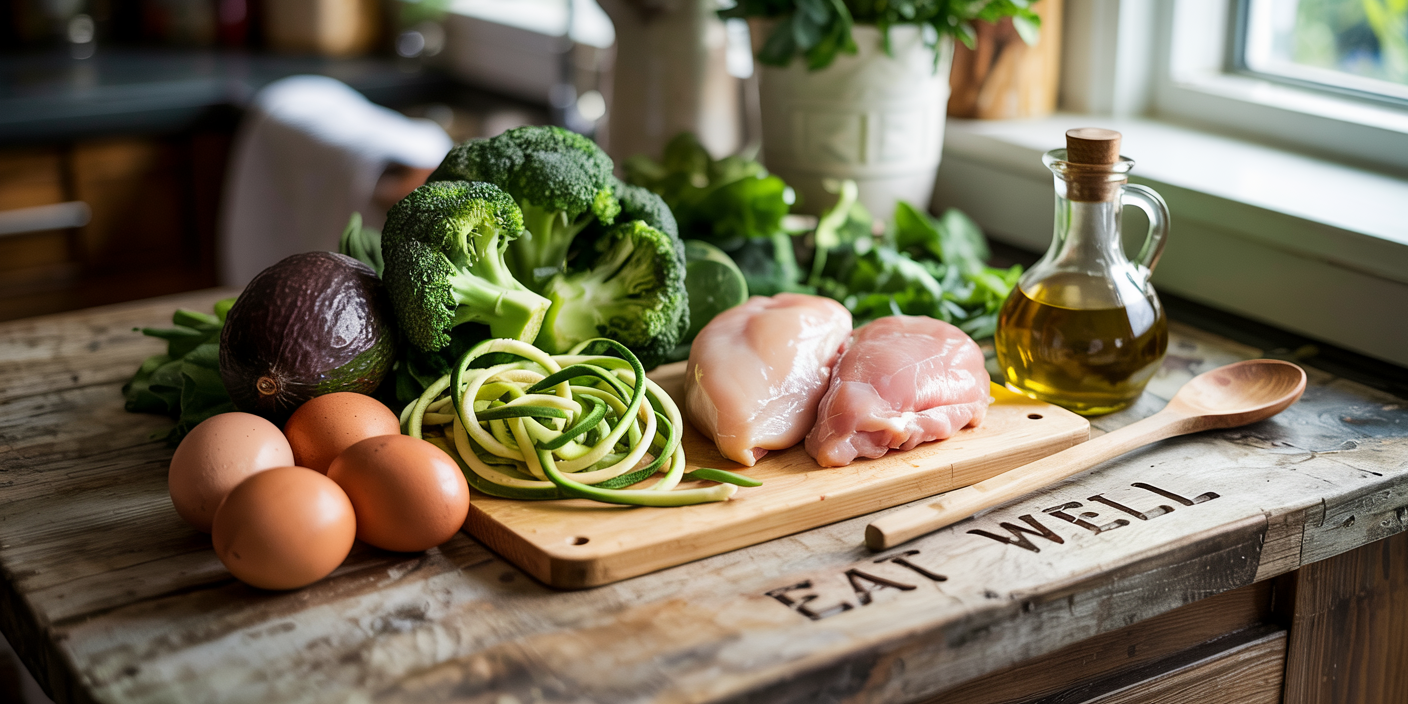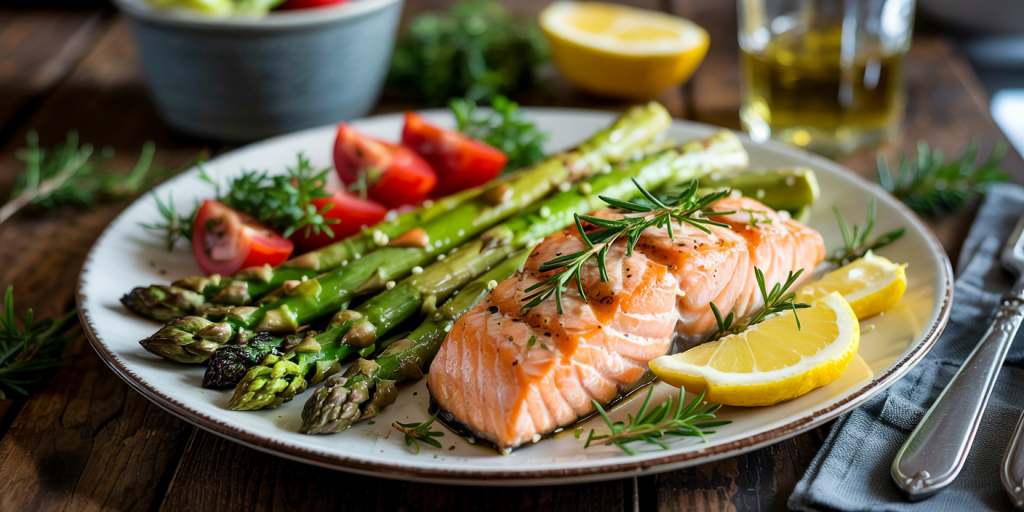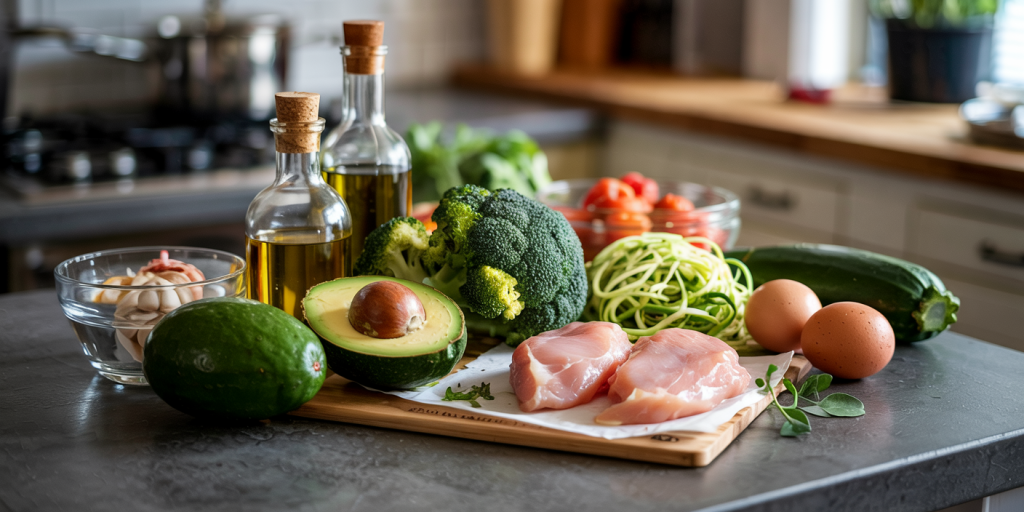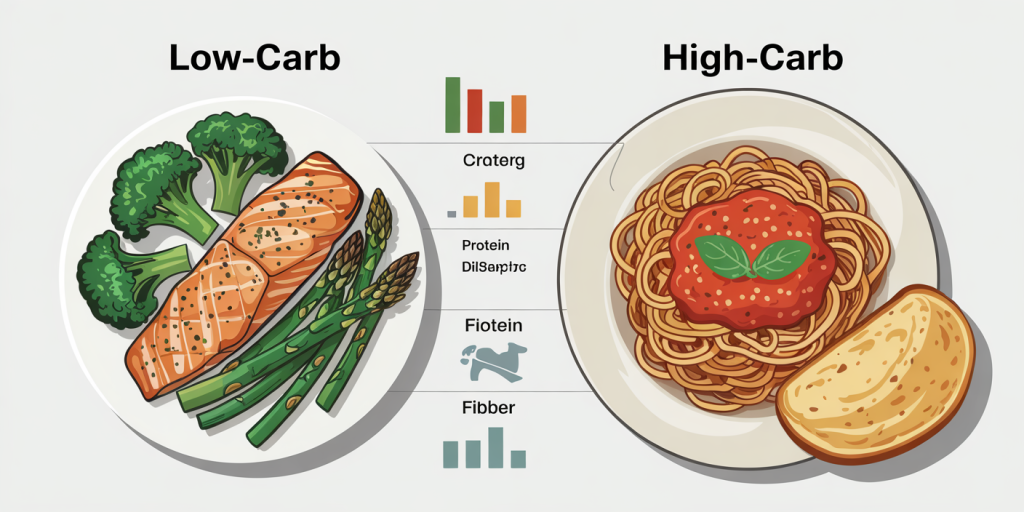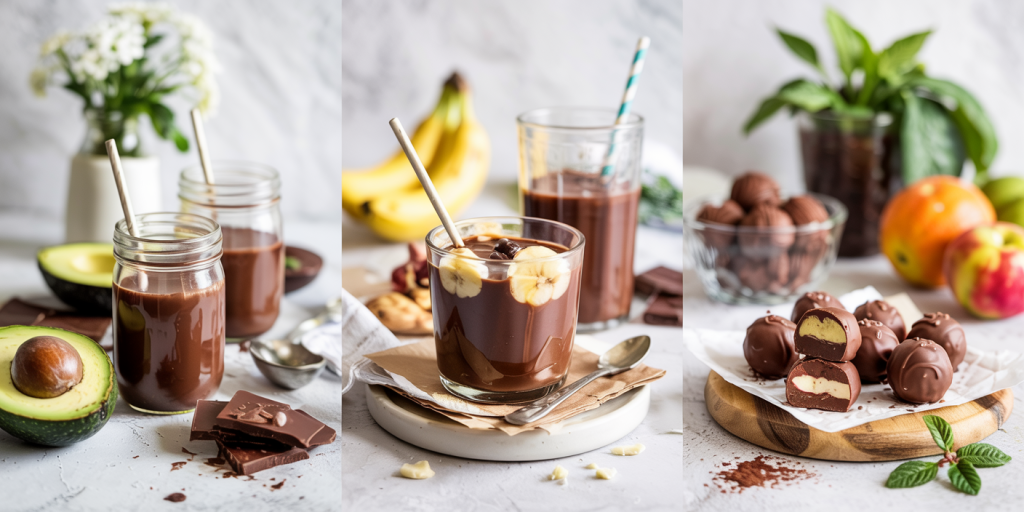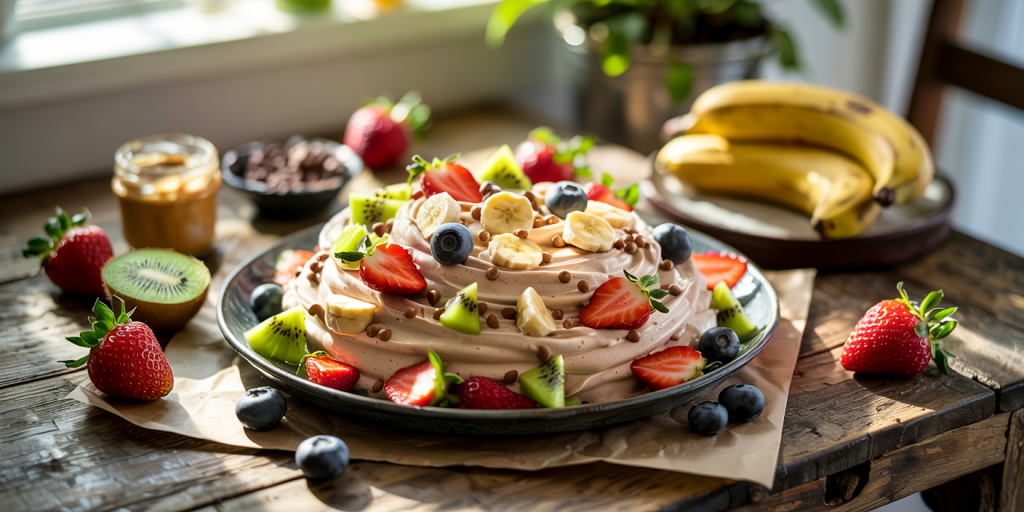Food waste is a significant global issue with environmental, economic, and social ramifications. According to the Food and Agriculture Organization of the United Nations (FAO), approximately one-third of all food produced worldwide—about 1.3 billion tons annually—is wasted. A large part of this waste occurs in households due to improper food storage techniques. By adopting effective food storage strategies, not only can consumers reduce waste, but they can also save money and contribute to environmental sustainability. This comprehensive guide covers practical food storage tips, proven methods, and emerging trends to help households minimize food spoilage and extend the shelf life of perishable goods.
Understanding the Impact of Food Waste
Before diving into storage tips, it is crucial to grasp the scale and consequences of food waste. In the United States alone, the Environmental Protection Agency (EPA) estimates that over 35 million tons of food are wasted annually, costing families approximately $1,500 per year. Food waste is responsible for about 8-10% of global greenhouse gas emissions, mainly due to methane released from organic matter in landfills. Therefore, reducing food waste through better storage practices is an important step towards environmental stewardship.
Improved food storage not only decreases the volume of wasted food but also enhances food safety and nutritional quality. Many foods lose nutrients when stored improperly or past their prime. For example, leafy greens wilt faster at room temperature compared to refrigerated storage in an environment with controlled humidity. Proper storage methods maintain freshness and reduce the risk of foodborne illnesses by preventing spoilage and bacterial growth.
Optimal Temperature Management for Different Food Types
One of the simplest yet most effective ways to reduce food waste is to store foods at their ideal temperature ranges. Various foods have distinct temperature preferences that maximize their shelf life.
For instance, dairy products and most fruits and vegetables last longer between 32°F and 40°F (0-4°C), the standard range for most household refrigerators. According to a study published in the Journal of Food Protection, storing strawberries at temperatures slightly above 32°F reduces mold formation over a 7-day period compared to room temperature storage. Conversely, tropical fruits such as bananas and avocados deteriorate faster when refrigerated and should be stored at room temperature until ripe.
Meat, poultry, and seafood items should be kept below 40°F but above freezing if not intended for long-term storage to avoid ice crystal formation that can affect texture and flavor. Freezing at 0°F (-18°C) or below halts microbial growth and enzymatic activities that cause spoilage. Maintaining these temperature zones in refrigerators and freezers is critical, yet almost 30% of consumers report food spoilage due to improper temperature settings.
Table 1: Ideal Storage Temperatures for Common Food Categories
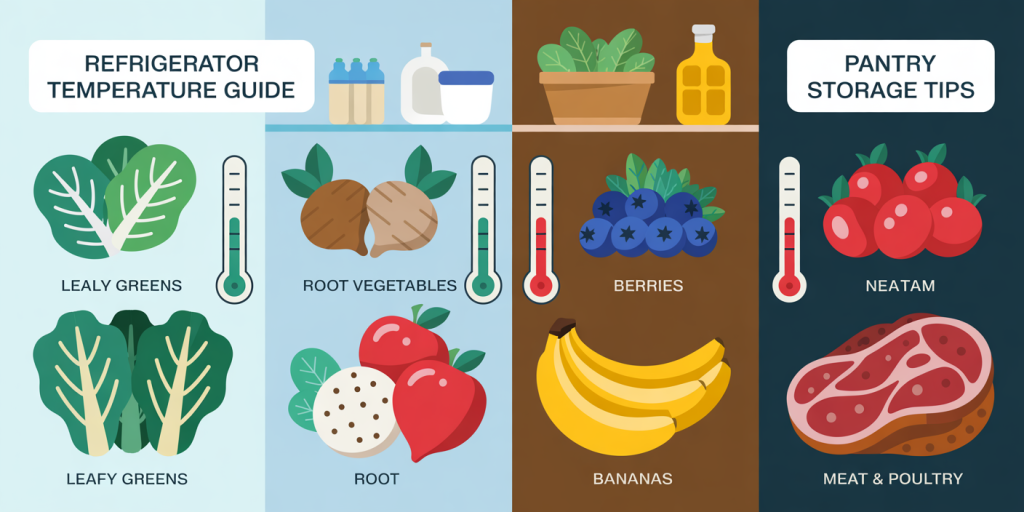
| Food Category | Ideal Storage Temperature | Storage Tips |
|---|---|---|
| Leafy greens | 32°F – 36°F (0°C – 2°C) | Store in perforated plastic bags |
| Root vegetables | 32°F – 40°F (0°C – 4°C) | Keep in cool, dark, humid environment |
| Berries | 32°F – 34°F (0°C – 1°C) | Wash just before eating, dry well |
| Bananas | 58°F – 68°F (14°C – 20°C) | Store at room temperature, not fridge |
| Meat & poultry | Below 40°F (4°C) | Use airtight packaging, freeze if long |
Proper Packaging to Maintain Freshness
Packaging plays a pivotal role in the longevity and quality of stored foods. Common methods include airtight containers, vacuum sealing, and modified atmosphere packaging (MAP).
Airtight containers prevent exposure to oxygen, which accelerates oxidation and spoilage, especially for nuts, seeds, and baked goods. Vacuum sealing removes air and is especially effective for freezing meats and vegetables, extending freezer life by up to three times compared to traditional wrapping. According to research from the University of Nebraska, vacuum-sealed fish maintained freshness and sensory quality for up to 14 days at refrigeration temperatures compared to 3-5 days for non-sealed packaging.
Home refrigerators are plagued by moisture fluctuations which cause soggy textures or drying out of produce. Wrapping leafy greens with paper towels and storing inside breathable bags can balance humidity, keeping the vegetables crisp longer. Brown rice stored in sealed containers at cool temperatures can remain edible for six months compared to two months in loose storage due to slower oxidation.
First In, First Out Strategy: Managing Your Inventory
One of the simplest behavioral changes that reduce waste is the “First In, First Out” (FIFO) approach. This method involves consuming older items before newer stocks, reducing the chance that food products expire unnoticed.
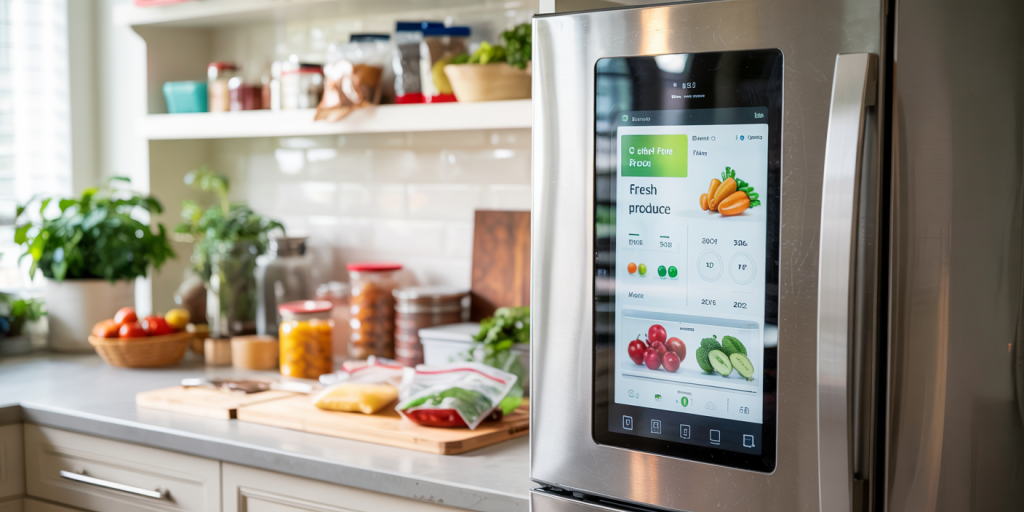
Households often purchase groceries in bulk or receive multiple bundled products, leading to older food items being forgotten at the back of shelves or refrigerators. Visual management techniques such as labeling foods with dates of purchase or using transparent containers allow quick identification of what needs to be consumed soonest.
Restaurants and grocery stores utilize FIFO principles extensively to control inventory and reduce spoilage. A 2022 survey by ReFED showed that households adopting FIFO methods reduced food waste by 20%-25% within six months. Consumers can implement similar routines by arranging groceries systematically, using shelf organizers or rotating stock weekly.
Smart Use of Leftovers and Portion Control
Food waste is not only caused by spoilage but also by uneaten portions or excess cooking. Being mindful of portion sizes and creatively using leftovers contributes significantly to waste reduction.
For example, many starch-heavy leftovers such as rice and pasta can be safely refrigerated for 3-5 days. Transforming them into fried rice dishes or pasta salads reduces the chances of disposal. Soups and stews freeze well and can be stored in batches for future meals. Additionally, freezing individual portions encourages smaller meals and prevents overeating with excessive leftovers going to waste.
Research from the University of Copenhagen indicates that practicing portion control through smaller servings and planned meals can decrease household food waste by up to 30%. Apps and digital tools available today help plan meals based on inventory, reminding users to consume perishable foods before expiry.
Innovative Storage Solutions: Technology and Sustainable Practices
Emerging technologies offer promising solutions to combat food spoilage. Smart refrigerators equipped with sensors track temperature, humidity, and expiration dates, alerting users to consume foods timely. Some models integrate with apps to suggest recipes based on what ingredients are nearing expiry, enhancing meal planning and conscious consumption.

In addition to technological advances, sustainable practices such as fermentation, drying, and preserving produce through canning or pickling extend shelf life without refrigeration. Countries with less access to cold storage have long used these traditional methods to reduce waste and improve food security. For example, kimchi and sauerkraut fermentation not only preserve vegetables but increase nutritional benefits through probiotics.
Households can adopt simple DIY storage methods like freezing herbs in ice cube trays with olive oil or lemon juice, enabling year-round use and minimizing waste. Utilizing reusable beeswax wraps instead of plastic cling film reduces environmental footprint and maintains freshness.
Future Perspectives on Food Storage and Waste Reduction
Progress in food storage technology and household behavior shifts suggest a promising future for minimizing food waste globally. As smart appliances become more accessible and integrated with AI, real-time monitoring of food quality could become standard, preventing spoilage before it happens.
Government initiatives and educational campaigns focused on food literacy are critical to scaling adoption of best storage practices. Collaboration between consumers, retailers, and manufacturers is fostering packaging innovations that extend shelf life while reducing plastic waste. For example, biodegradable packaging infused with antimicrobial agents is undergoing trials for fruits and vegetables.
On a larger scale, data sharing and improved cold chain logistics in developing countries could drastically reduce food loss post-harvest, addressing global hunger and sustainability goals simultaneously.
Cultivating a culture of mindfulness around food storage and waste reduction holds the key to a more sustainable future. Small changes at the household level, supported by innovation and policy, can collectively transform global food systems and conserve resources for generations ahead.
—
References: Food and Agriculture Organization of the United Nations (FAO). “Food Loss and Food Waste.” 2019. Environmental Protection Agency (EPA). “Food Recovery Hierarchy.” 2021. Journal of Food Protection. “Effect of Temperature on Strawberry Storage and Decay.” 2020. University of Nebraska. “Vacuum Packaging Effects on Fish Freshness.” 2021. ReFED. “Household Food Waste Reduction Impact.” 2022. University of Copenhagen. “Portion Control and Food Waste.” 2023.
